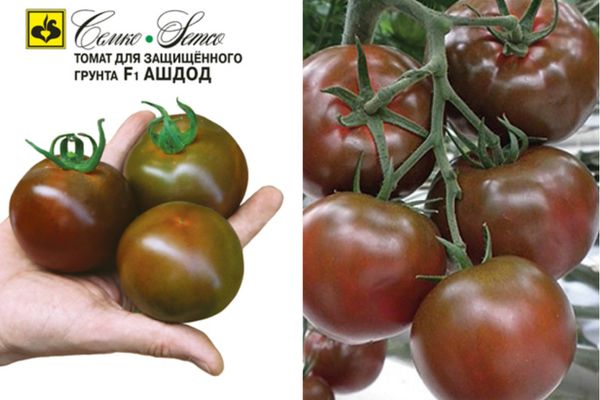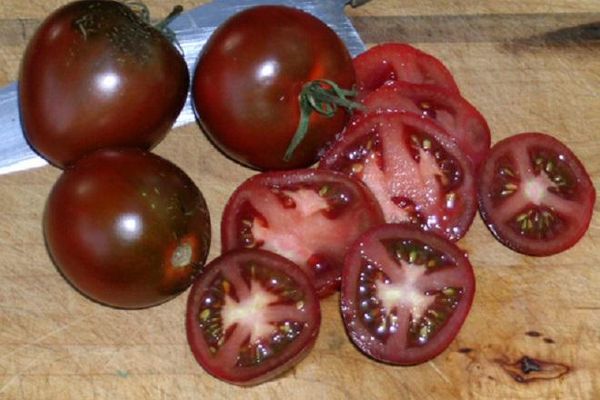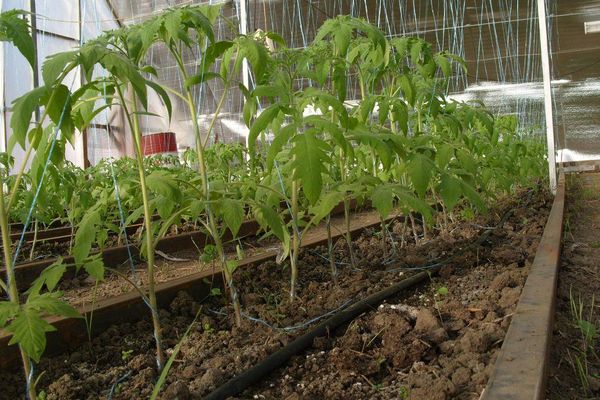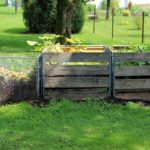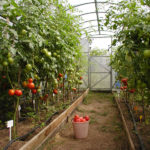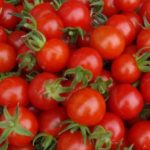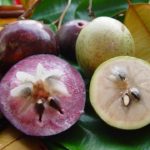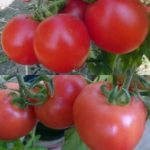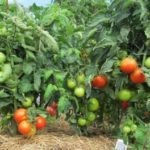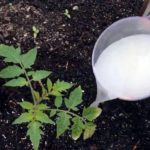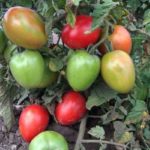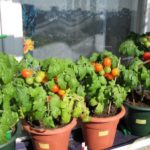Tomato Ashdod F1 is the latest hybrid from Semco with brown-brown fruits, intended for greenhouse culture, temporary film greenhouses and open ground.
[toc]
Hybrid characteristics
The ripening period of these tomatoes is very early, it is 85-90 days from germination. The bushes are indeterminate with compact internodes. The first fruits form above the seventh or ninth leaf, the subsequent ones appear after three leaves. The fruits are collected in clusters. The bushes need to be tied to an individual support or an ordinary trellis.
The fruits are round, even, smooth with dense skin, highly transportable, and delicious. The description given by the originator indicates that the weight of the fruit is from 120 to 150 g.The color is interesting, formed by a combination of red and green, close to brown, and when fully ripe - brown. When cut, the fruit is deep burgundy. Varieties with brown colored fruits have recently become fashionable, but they are also very healthy, they contain a high content of lycopene.
The characteristics of this hybrid indicate that this may be the very first tomato on the market. If it is sown for seedlings at the end of February - beginning of March and planted under a temporary film or fabric greenhouse, then the fruits can be harvested at the end of June. Also, the Ashdod tomato can be sown as a seedless crop, directly in open ground, but the crops must be covered with film until germination. The harvest in this case will be received in August. The last harvest is spent on winter ripening and storage.
The main purpose of the Ashdod tomato is fresh consumption. However, the pigment lycopene is absorbed in the human body in the presence of fats, and the greatest benefit from tomatoes is achieved when they are consumed after heat treatment with vegetable oils. In the blood, lycopene binds to low-density lipoproteins, protects them from oxidation and prevents them from being deposited on the walls of blood vessels in the form of cholesterol plaques. And lycopene protects the plants themselves from excessive light.
Features of cultivation
Early tomato seedlings are planted in open ground when the soil at the planting depth warms up to at least 16 OC. Until the end of the period of danger of frost, the planted plants are covered with temporary greenhouses. When grown in a greenhouse, the Ashdod F1 tomato variety can be cultivated all year round, but in compliance with the lighting regime. In winter, tomatoes need at least 14 hours of daylight.
Hybrid Ashdod is very responsive to fertilizers and fertilizing.Well-rotted manure or compost should be added to the soil for planting, and fertilizing can be done with fresh mullein, but previously kept for 7-10 days in a solution with water, at the rate of 10 liters of water per 2 kg of mullein.
Before feeding, the solution is diluted at least 5 times. Modern humic fertilizers give no less effect than manure and mullein. In addition, they can be used both at the root and as foliar feeding. Fertilizers based on amino acids and microelements showed good results. They can also be used to feed tomatoes during the growing season.
An important agrotechnical technique is the removal of stepchildren. It is better to form the Ashdod tomato into one stem. To do this, you need to remove the stepsons when they are 2-2.5 cm in size. It is important to remember that when taking stepsons, you can infect healthy plants with viral and fungal diseases if sick ones have taken steps in front of them, so you need to strictly observe precautions.
Tomato varieties like Ashdod claim to be among the earliest and most useful!

